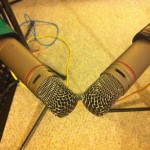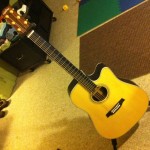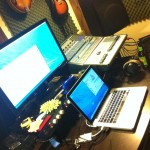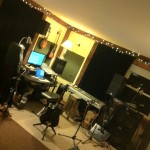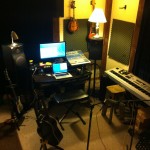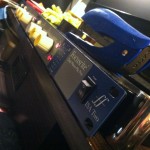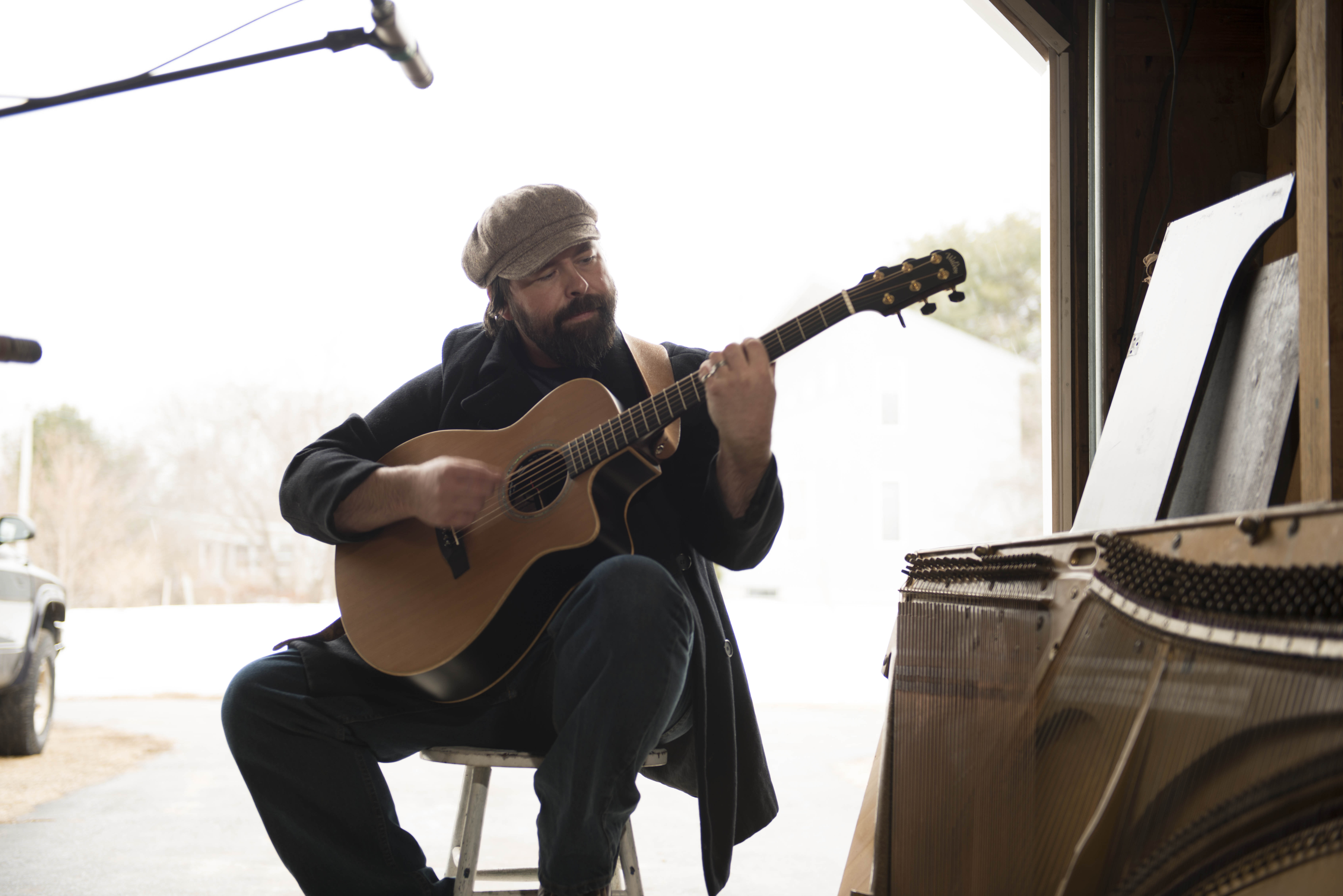New Acoustic Instrumental Recording! “Come Spring”
I guess it’s appropriate to have recorded and released this version of the instrumental “Come Spring” at the end of February 2014. This little ditty is upbeat and melancholy all in one. Close your eyes and imagine the rain and the flowers blooming after the snow melts. Smell the dirt and the wetness. Once you get a bit of this vision in your head then proceed to hit play and immerse yourself in the listening experience. Maybe take a few deep breaths or have a glass of wine first or whatever you do to unwind. I think far too many people listen to music nowadays while they are doing stuff and don’t really give it a chance to connect with their inner vibrations. Maybe this time give yourself a chance to catch your breath and really experience the music. Life can be a blur. Here’s a chance to slow down and escape if only for a few minutes. Maybe you’ll like it so much you’ll have to listen again. I can only hope it is good enough for you to want to do that. Did you hear the metronome bleeding through my headphones into the mikes? I’m going to have to turn them down or I’m going to make my ears bleed!
This is the first song I’ve recorded using my new Focusrite ISA Two mic preamp. All I have to say is now I know what I have been missing all these years. If you don’t know what a mic preamp is here is a little info. In short a mic preamp or preamplifier is what amplifies the mic signal to a usable recordable audio level. Now the difference between cheap and expensive. The big differences between cheap preamplifiers and expensive ones is a high quality Mic-preamp employs high quality circuitry resulting in a low signal to noise ratio and a high quality transparent sound, more or less, resulting in a more accurate reproduction of the sounds you are trying to record. “Ok. What’s signal to noise ratio?” you ask. Here’s an example to explain. Let’s say you turn up both a high quality mic-pre and a low quality mic-pre to +20db with no mikes connected to their inputs. Basically you would hear an audible hiss sound in the lower quality mic-pre and nothing in a high quality mic-pre. Just pure silent bliss. Having a low signal to noise ratio really comes in handy when recording direct instruments, subtle vocals and acoustic instruments. The reason for this regarding acoustic instruments is that you really want to have some distance between the mic and the instrument to pick up the sound authentically. The closer the sound and the louder it is, the less we have to raise the levels of the mic-preamp. The farther the sound is and the quieter it is the more we have to raise the levels of the mic -pre introducing whatever noise the pre-amp generates into the sound. As for other instruments they can all benefit from higher quality preamps. In a home recording studio it seems to me you should at least at the bare minimum have two matched high quality mic-preamps to capture stereo sound.
So there is a brief explanation of why it is I am so excited to finally have a pair of High quality mic-pre’s in my home studio. For this song I used my Walden D710 CE Acoustic miked with two AKG C1000’s which ran through my Focusrite ISA TWO Mic preamp to my Presonus Studiolive 16.4.2 on into Logic Pro X and my MacBook Pro mid 2009. Here are some pics of my home studio set up.
This recording is raw with just a little added reverb and just enough compression and limiting to get it up to snuff. Let me know what you think. Thanks!
Right click this text to DOWNLOAD “Come Spring (Acoustic Instrumental)” click “Save Link As”

